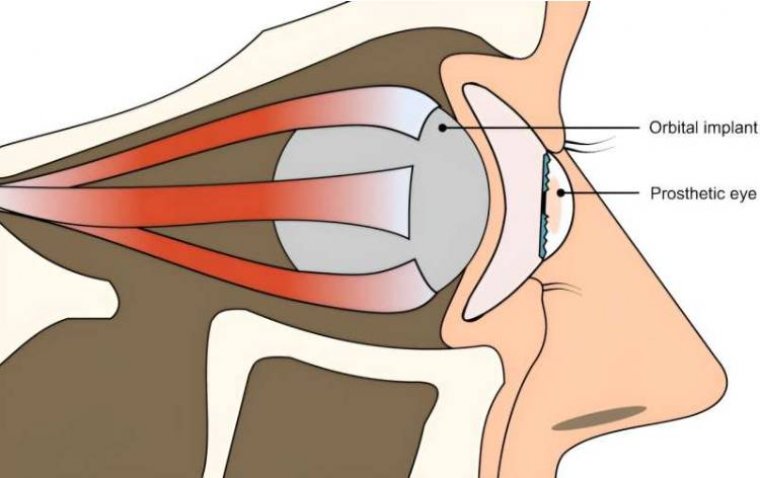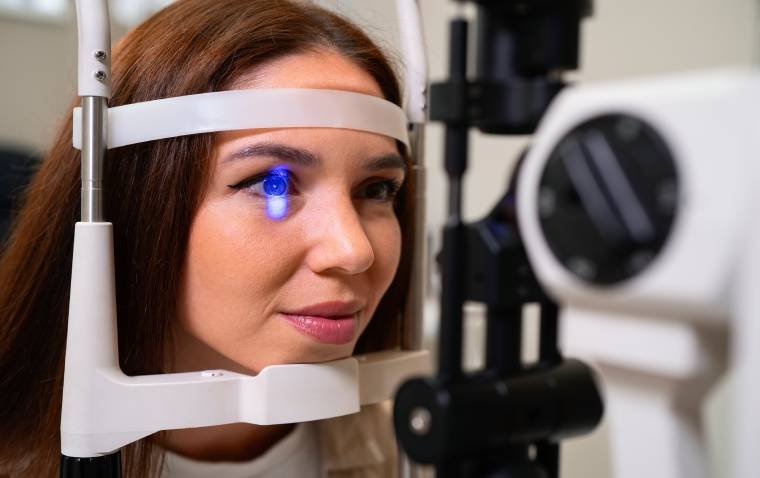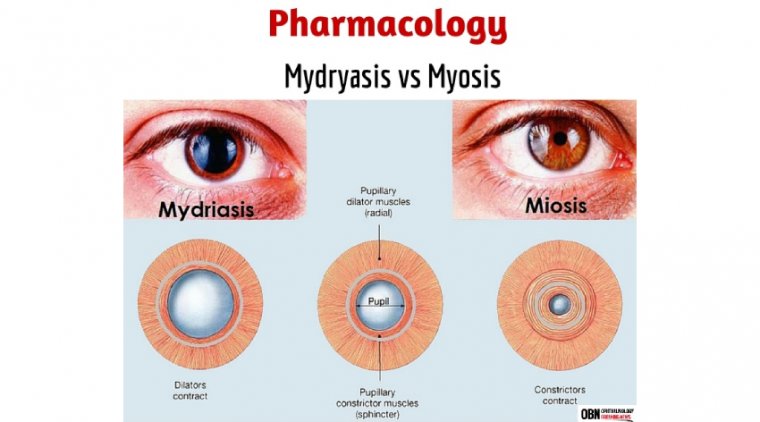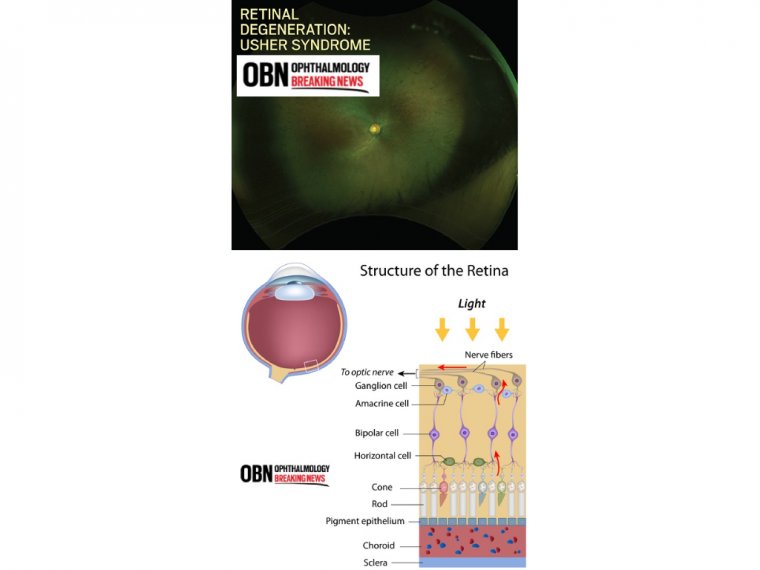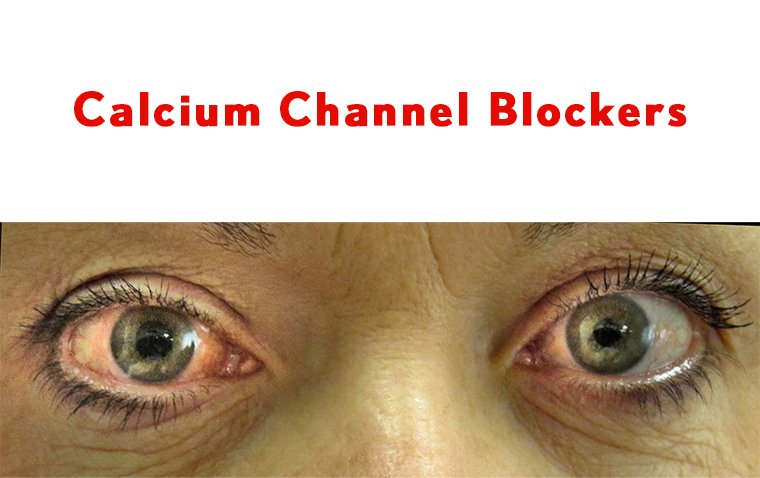
Calcium Channel Blockers Linked to Increased Risk of Glaucoma, Study Shows
A comprehensive meta-analysis revealed that the use of calcium channel blockers (CCBs), particularly cardioselective agents, was associated with a modest but statistically significant risk of glaucoma.
The analysis indicated that patients with a prior history of CCB treatment had a 23% higher probability of developing glaucoma compared to those who had never used these antihypertensive medications. This likelihood nearly doubled among patients who received single-agent cardioselective CCBs. On the other hand, beta-blocker therapy was linked to a slight reduction in intraocular pressure (IOP), which is associated with a lower risk of glaucoma.
According to Anthony Khawaja, MD, PhD, and colleagues from the European Eye Epidemiology (E3) Consortium, several commonly used medications, including lipid-lowering drugs, antidepressants, and diabetes medications, did not show any discernible associations with glaucoma or intraocular pressure (IOP).
"While our novel findings require further studies to determine whether the associations are causal, these findings will be of interest to physicians caring for glaucoma patients with systemic comorbidities," the authors stated in Ophthalmologyopens in a new tab or window.
"A potentially harmful association of CCBs for glaucoma is particularly noteworthy, as this is a commonly prescribed class of medication," they added. "If further studies confirm a casual nature for this association, this may inform alternative treatment strategies for hypertensive patients with, or at risk of, glaucoma."
Adds to Existing Evidence
Roma Patel, MD, MBA, a clinical spokesperson for the American Academy of Ophthalmology, highlighted that the recent findings contribute to existing evidence supporting the ability of systemic beta-blockers to reduce intraocular pressure (IOP). Additionally, Patel mentioned that at least one previous study has demonstrated a connection between calcium channel blockers (CCBs) and glaucoma.
Based on a study utilizing U.S. health claims, it was observed that selective serotonin reuptake inhibitors were linked to a reduced risk of primary open-angle glaucoma, while calcium channel blockers (CCBs) were associated with an increased risk. Other medications, such as beta-blockers, metformin, statins, and bupropion, were also found to potentially influence glaucoma risk. Additionally, certain medications, including angiotensin converting enzyme (ACE) inhibitors, angiotensin receptor blockers (ARBs), statins, and sulfonylureas, were identified as potentially raising intraocular pressure (IOP).
The Study
In order to further explore the topic, researchers within the E3 Consortium conducted a meta-analysis of 11 European cohort studies that encompassed a total of 143,240 participants. All participants were included in the analyses examining associations with glaucoma, while analyses of intraocular pressure (IOP) involved 47,177 participants.
The study examined the use of various medications, including different types of antihypertensives, lipid-lowering drugs, antidepressants, and antidiabetic medications (limited to participants diagnosed with diabetes). Furthermore, the investigators made a distinction between monotherapy and combination therapy for antihypertensive medications.
The authors reported that based on multivariable analyses, the use of any calcium channel blockers (CCBs) was associated with a glaucoma odds ratio (OR) of 1.23 (95% CI 1.08-1.39) compared to no use. Patients who received CCB monotherapy had a glaucoma OR of 1.96 (95% CI 1.23-3.12). No other medications were found to have a clear association with glaucoma.
In terms of intraocular pressure (IOP), systemic beta-blockers were marginally associated with a lower IOP (-0.33 mmHg, 95% CI -0.57 to -0.08). Monotherapy with selective beta-blockers demonstrated a reduction in IOP by 0.45 mmHg (95% CI -0.74 to -0.16), while non-selective agents showed a reduction of 0.54 mmHg in IOP (95% CI -0.94 to -0.15).
High-ceiling diuretics, including furosemide and torasemide/torsemide, showed a "suggestive" association with lower intraocular pressure (IOP) (-0.30 mmHg, 95% CI -0.47 to -0.14). However, this association was not observed when the diuretics were used as monotherapy.
Reference
Vergroesen JE, et al "Association of systemic medication use with glaucoma and intraocular pressure: The E3 Consortium" Ophthalmol 2023; DOI: 10.1016/j.ophtha.2023.05.001.
(1).jpg)
